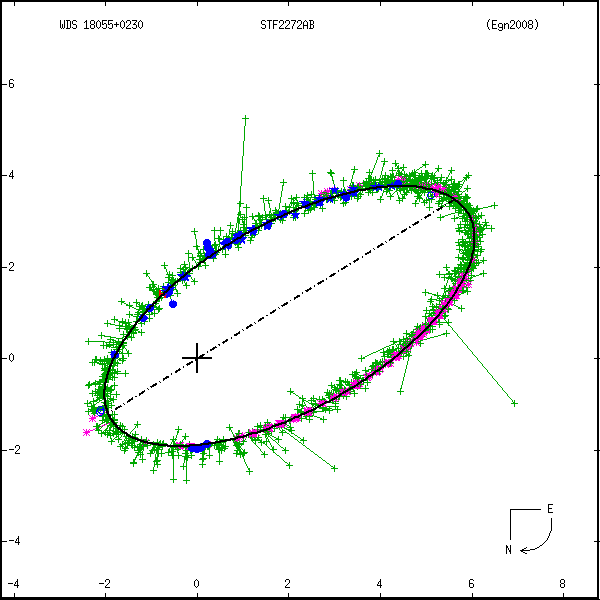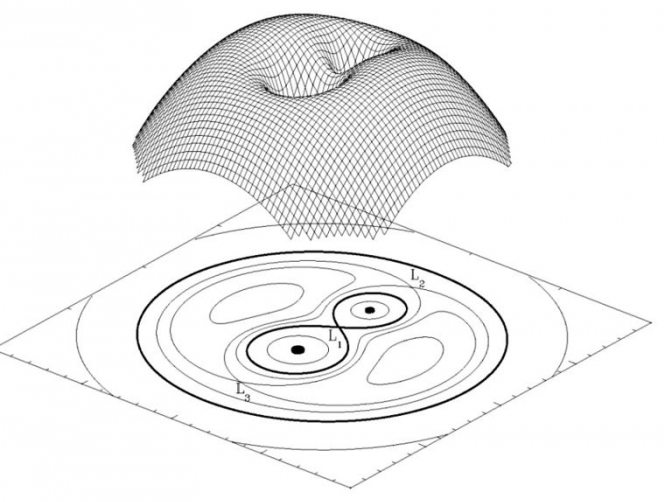Mission Statement
The mission of IAU Commission G1 is to promote and support the study of observational phenomena and physical processes associated with close binary star systems. These binaries include detached, semi-detached, contact, or common-envelope systems and they contain a range of components from main-sequence stars to compact objects. Most of them are discovered as eclipsing or spectroscopic binaries. Interacting binaries exhibit some of the most interesting phenomena in the sky because of dynamical effects resulting from Roche lobe overflow and magnetic fields. These include W UMa binaries, Algols, symbiotics, cataclysmic variables, novae, supernovae, millisecond pulsars, X-ray binaries, and gamma ray binaries. Detached binaries provide us with the opportunity to test theories of stellar structure and evolution as well as critical tests of general relativity, and some systems have been used as standard candles to study the scale of the universe. Besides the mass, they provide us with information about sizes, and even the shapes and surface flux distributions of stars. Photometric studies have provided statistical information about their orbital properties (e.g., period and eccentricity distributions), while the distribution of third bodies can be derived from eclipse timing variations.A primary purpose of this commission is to foster communication and collaboration between astronomers working on close binaries world-wide by organizing and supporting international meetings, including IAU Symposia. Expert opinions are also solicited from the community regarding new directions for the development of the field, including observational tools and observing strategies. Commission G1 has maintained a catalogue of publications on close binaries called the Bibliography of Close Binaries (BCB), and members also have access to the Information Bulletin of Variable Stars (IBVS) which posts discoveries and updates on new binary systems. The website for Commission G1 lists information on meetings, catalogs, and databases of relevance for both amateurs and experts in the field as well as for the entire astronomical community.

